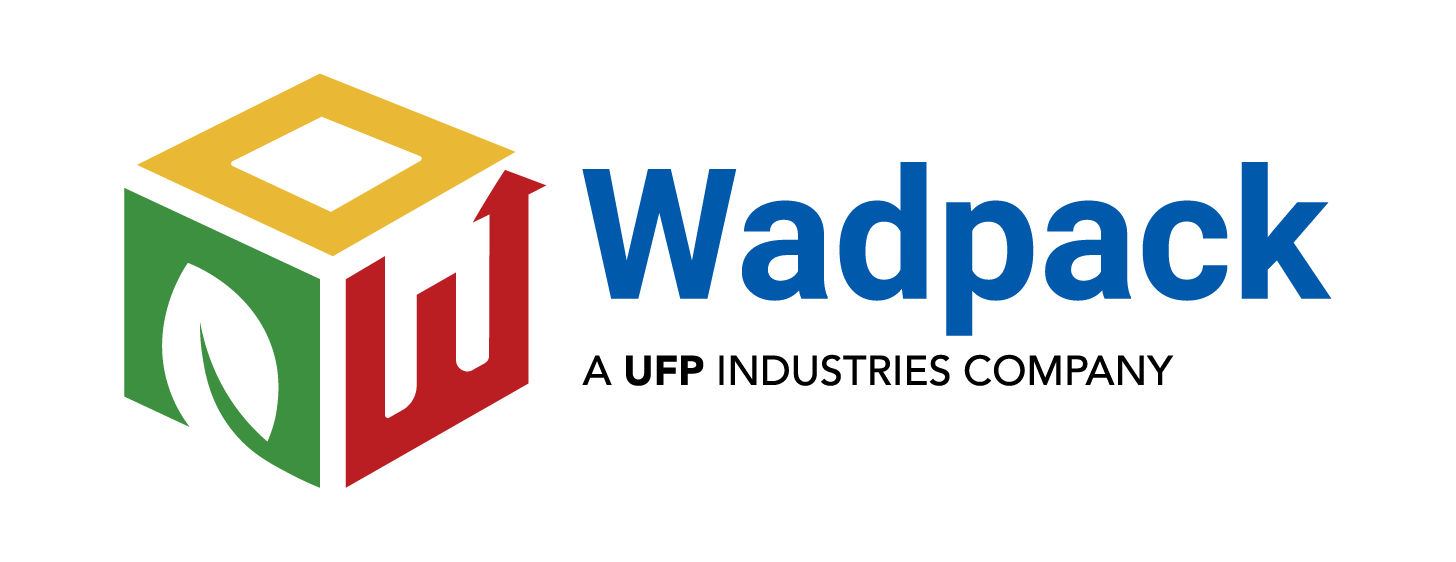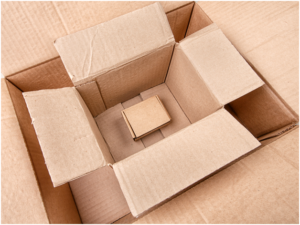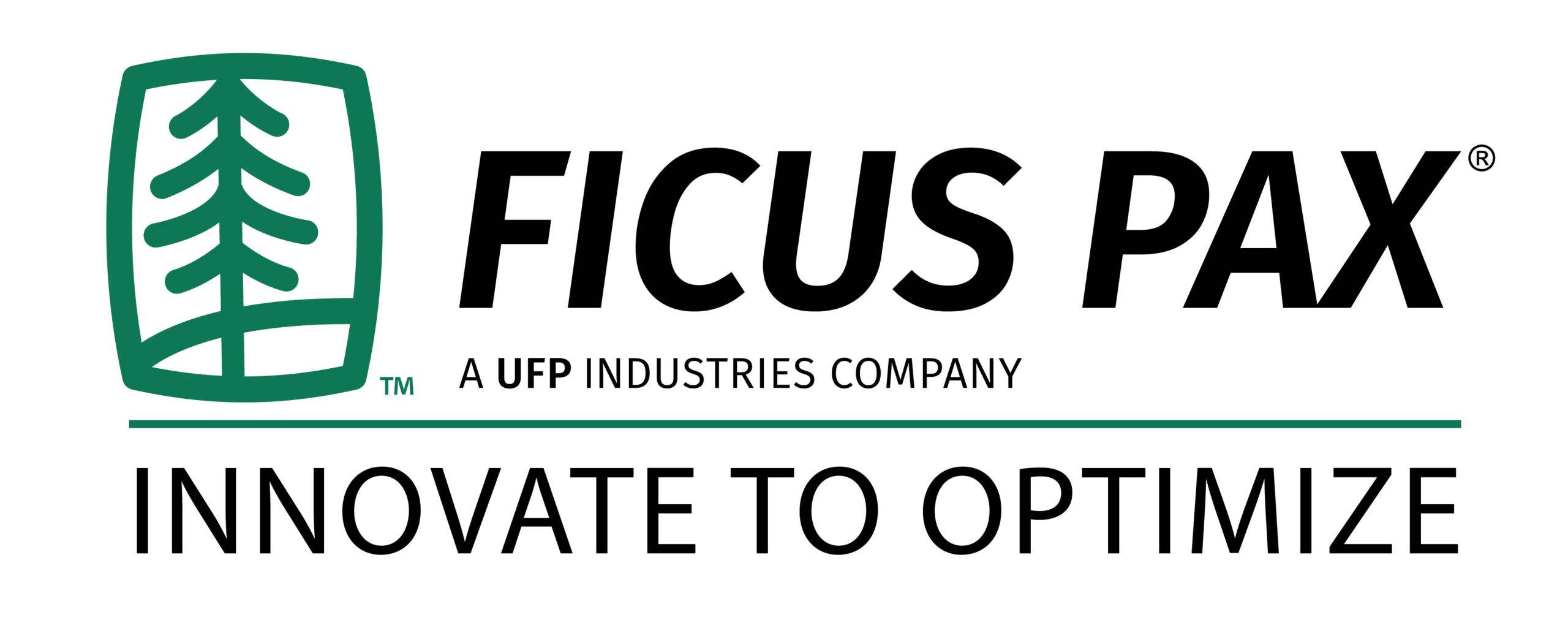What are corrugated boxes?
What are Corrugated Boxes?
If you’re still not familiar with the world’s best packaging option, then you’re in the right place. Read on to learn more about what are corrugated boxes, its usage, and types of corrugated packaging.
Understanding the Distinction: Corrugated vs. Cardboard Boxes
When it comes to packaging, the variance between corrugated and cardboard boxes extends beyond mere material composition. Cardboard, primarily made from thick paper stock or heavy paper-pulp, serves various purposes such as packaging for small items, structural support for delicate products, and even as inserts preserving the form of clothing articles like button-up shirts.
However, cardboard boxes, commonly used for transporting goods, provides minimal protection against external factors. To strengthen its safeguarding capacity, extra packaging elements like bubble wrap are often employed. In contrast, corrugated cartons consist of multiple layers – an inside liner, an outside liner, and an intermediary corrugated medium. This construction, unlike cardboard’s single-layer makeup, renders corrugated boxes remarkably resilient.
The Process of Making Corrugated Boxes
In order to understand what corrugated boxes are, you first have to understand how they’re made. Made generally from trees, which are renewable resources, corrugated packaging is the most recovered packaging material on the earth. It’s sustainably manufactured from trees and old recovered corrugated holders with an assiduity recovery rate swimming around 90 over the last eight times and 96 percent in 2018 as per Corrugated.org.
When corrugated is reclaimed, old corrugated holders (OCC) are dropped off, sorted, compacted, and baled for a space-effective storehouse. These bales are also transferred to a paper shop where they’re also broken down and the corrugated is fitted into a repaper, which is like a large blender.
In the repaper, they’re agitated to form a slushy pulp of fiber and water. The pollutants are removed and the remaining fiber result is poured out onto a moving screen that allows the water to drain down, forming a nonstop fiber mat. This mat is also pressed between rollers to remove any fresh water.
The wet, nonstop fiber is wound through a dryer where the top and bottom of it communicate heated shells of drying cylinders, removing any remaining humidity from the paper. Once this process is finished, the paper is rolled onto a large roll spool where it’s also slit and rewound into individual rolls, which is when the recycling process is considered complete. These paper rolls are packed off to distance affluent or corrugators where they will be converted into corrugated wastes and latterly converted into sustainable corrugated packaging.
Exploring the Basics of Corrugated Carton Boxes
Now that you know the differences between corrugated and cardboard, we can take a deeper dive into the basics of corrugated boxes. There are a number of sections that come into play when making a corrugated box and Sheets. This is also why they’re so flexible.
Advantages of Corrugated Packaging Boxes
- Customization: Corrugated boxes offer adaptability in design and size.
- Enhanced Customer Satisfaction: Superior protection ensures products reach customers intact.
- Eco-Friendliness: Being renewable and recyclable, corrugated packaging champions environmental sustainability.
- Cost Efficiency: Efficient production processes make corrugated boxes a cost-effective choice.
Ready to Switch Your Packaging to Corrugated?
Hopefully, you now know the answer to your corrugated boxes question. If you’re ready to make the move to corrugated products, let us know. For more than 45+ years, Wadpack has been helping companies use corrugated packaging and other goods to better connect with their customers, and become more valuable and profitable. Looking for corrugated packaging solutions? Contact Now!.


